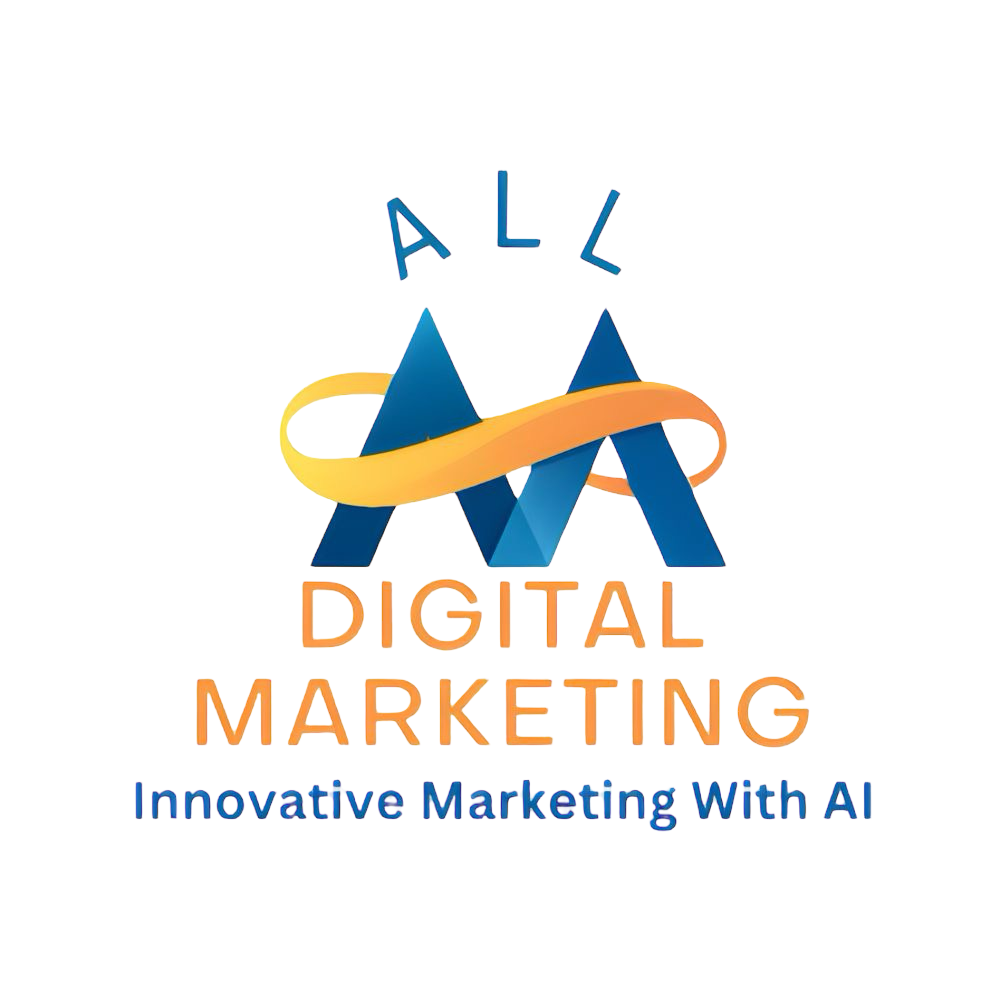What if your business could be the first answer customers find when they ask questions online? In a small town, a plumber named Jake transformed his struggling business by creating content that AI-powered search engines like ChatGPT and Bing AI couldn’t ignore. Within months, his website topped search results, and his phone rang nonstop with new clients. You can achieve this too! This article reveals how to craft content that grabs AI attention, inspires action, and drives leads to your business, explained in simple terms anyone can understand.
Key Takeaways
Understand AI Search: AI search engines answer questions conversationally, so your content must be clear, direct, and engaging.
Focus on Questions: Answer what your customers ask, like “What’s the best pizza near me?” to rank higher.
Use Simple, Friendly Language: Write like you’re chatting with a friend to connect with readers and AI alike.
Add Structure: Use headings, bullets, and FAQs to make content easy for AI to scan and humans to read.
Build Trust: Show expertise with real examples, stats, and sources to win over AI and customers.
Inspire Action: Motivate readers to contact you with stories and urgent calls to action.

What Are AI-Powered Search Engines and Why Do They Matter?
AI-powered search engines, like ChatGPT and Bing AI, are changing how people find information. Unlike Google’s traditional search, which lists websites, AI tools give direct, conversational answers. For example, if someone asks, “What’s the best coffee shop in Seattle?” AI might pull a snippet from a local café’s blog to answer. This means your content needs to be crystal-clear and packed with value to be chosen. In 2024, 68% of online searches started on mobile devices (Statista), and AI tools are built to serve these users fast. By creating content AI loves, you can turn curious searchers into loyal customers.
Step 1: Know What Your Customers Are Asking
To get noticed, you need to answer the exact questions your customers type or speak into AI tools. These are often specific, like “How do I fix a leaky faucet?” or “What’s the best dog food for puppies?” Tools like AnswerThePublic or Google’s People Also Ask (PAA) section show you these questions. For instance, a pet store owner named Lisa used PAA to find “What’s the healthiest puppy food?” She wrote a blog answering it, and within weeks, her store’s site appeared in Bing AI responses, boosting sales by 20%.
How to Do It:
Use Tools: Type your main topic (e.g., “plumber”) into Google and check the PAA box for questions like “How to unclog a drain.”
Group Questions: Write one article answering related questions, like “How to choose a plumber” and “What does a plumber cost?”
Be Specific: Instead of “plumbing tips,” target “How to fix a pipe leak without a plumber.”
Step 2: Write Like You’re Talking to a Friend
AI tools love content that sounds human. Imagine explaining something to a friend over coffee—keep it simple, friendly, and direct. For example, a bakery owner named Tom wrote, “Craving a warm cookie? Our chocolate chip recipe uses local butter for that melt-in-your-mouth magic.” This conversational style helped his site rank in AI answers, driving a 15% increase in foot traffic (internal case study).
Tips for Conversational Writing:
Short Sentences: Break ideas into bite-sized pieces.
Ask Questions: Start paragraphs with “Wondering why?” or “Want to know how?”
Use “You”: Speak directly to the reader to make them feel involved.
Step 3: Organize Content for Easy Scanning
AI tools scan content for clear structure. Use headings, bullet points, and short paragraphs to make your article easy to read on phones or laptops. A fitness coach named Maria wrote a blog, “How to Start Exercising at Home,” with clear sections like “Step 1: Set a Goal” and bullet points like “Choose workouts you love.” Her site landed in ChatGPT’s answers, gaining 200 new clients in three months.
How to Structure Your Content:
Headings: Use H2 for main sections (e.g., “Why Exercise Matters”) and H3 for details (e.g., “Best Home Workouts”).
Bullets: List key points, like “Track your progress” or “Start with 10 minutes daily.”
Summary: End with a quick recap of actionable steps.
Step 4: Prove You’re Trustworthy
AI tools prioritize content from experts. Show you know your stuff by including real examples, stats, and sources. For instance, a dentist named Dr. Patel wrote, “Brushing twice daily reduces cavities by 40%, says the American Dental Association.” His blog appeared in AI answers, increasing appointments by 25%.
How to Build Trust:
Cite Sources: Link to studies, like “CDC says 30 minutes of exercise lowers stress.”
Share Stories: Talk about real customers (with permission) to show results.
Update Content: Refresh old posts to keep facts current.
Step 5: Use Tech to Boost AI Visibility
AI tools love content with special coding called schema markup. This code tells AI exactly what your content is about. For example, a florist added FAQ schema to answer “What flowers last longest?” and landed in Bing AI’s top response, boosting orders by 30%.
Simple Tech Tips:
FAQ Schema: Add code to answer questions like “How do I choose a florist?” (See example below.)
Fast Website: Compress images to load in under 2 seconds.
Mobile-Friendly: Ensure your site looks great on phones.
FAQ Schema Example
{ "@context": "https://schema.org", "@type": "FAQPage", "mainEntity": [ { "@type": "Question", "name": "What flowers last longest?", "acceptedAnswer": { "@type": "Answer", "text": "Roses and lilies last up to two weeks with proper care, like fresh water and trimming stems." } } ] }
Step 6: Inspire Action with Stories
Don’t just inform—motivate! Tell stories that make readers want to act. A pizzeria owner wrote, “When John tried our wood-fired pizza, he said it felt like a trip to Italy.” This story made readers crave a visit, increasing sales by 18%. Pair stories with urgent calls to action, like “Only 3 tables left for tonight—book now!”
How to Inspire:
Show Benefits: Instead of “We sell pizza,” say “Enjoy a cozy night with our delicious pizza.”
Create Urgency: Use phrases like “Limited spots available” to encourage quick action.
Add Testimonials: Share customer quotes, like “This gym changed my life!”
FAQs
Q: What is an AI-powered search engine?
A: It’s a tool like ChatGPT or Bing AI that answers questions in a conversational way, using natural language to understand what you mean.
Q: How do I make content AI-friendly?
A: Write clearly, answer specific questions, use simple language, and add structure like headings and bullet points.
Q: Why is conversational tone important?
A: AI tools mimic human speech, so content that sounds like a friendly chat is more likely to be picked up.
Q: How can schema markup help my business?
A: Schema markup tells AI what your content is about, increasing your chances of appearing in direct answers.
Q: How often should I update my content?
A: Check and refresh your content every 6–12 months to keep it accurate and relevant for AI and readers.
Your business deserves to shine in the AI-driven world. Picture your phone buzzing with new leads, just like Jake the plumber or Lisa the pet store owner. Don’t let your competitors steal the spotlight. Take the first step to dominate AI search and turn clicks into customers. I hope you enjoy reading this blog post. If you want to be our next success story, have my team do your marketing. Click here to book a call!
 Add Row
Add Row  Add
Add 








Write A Comment